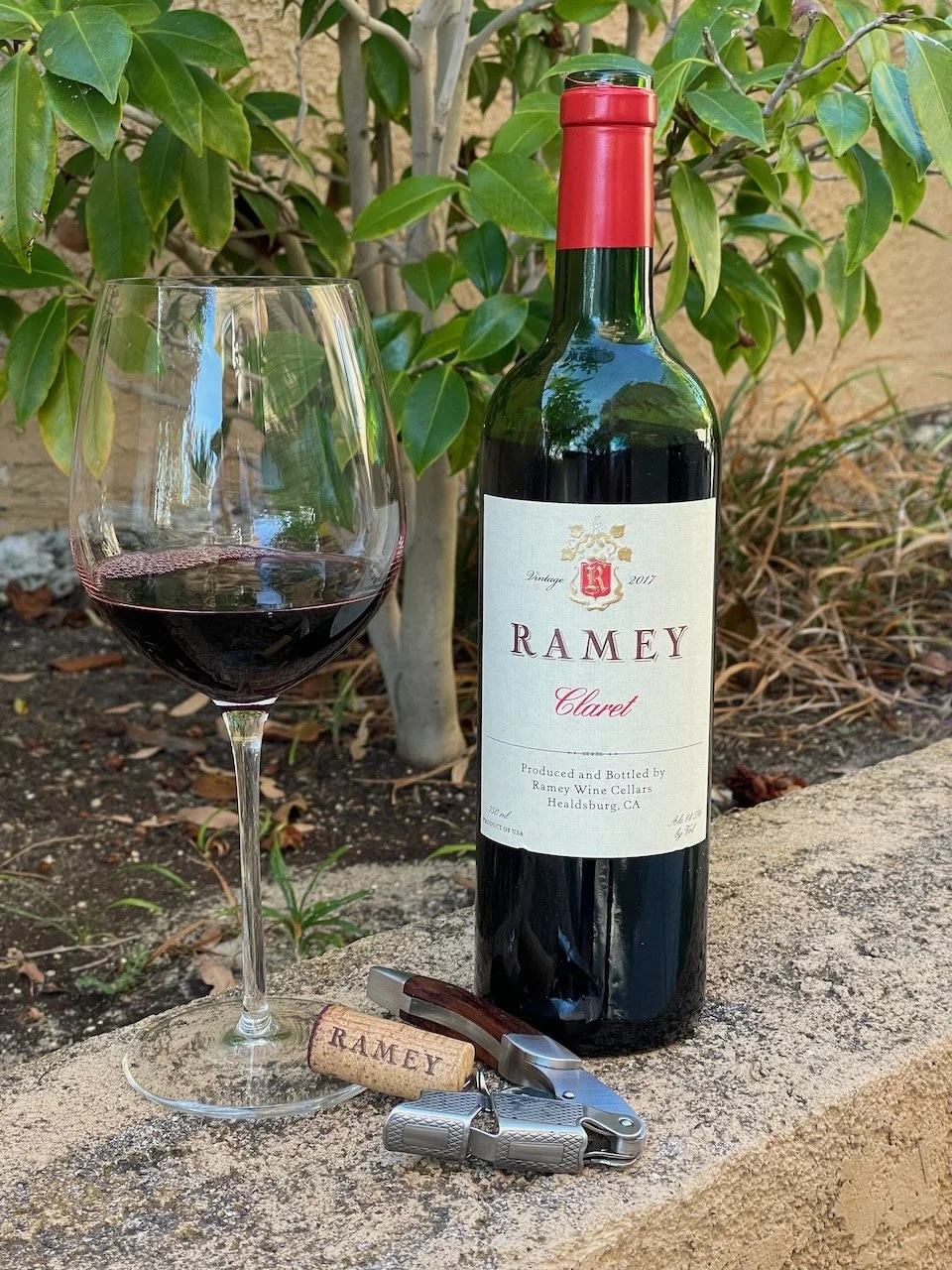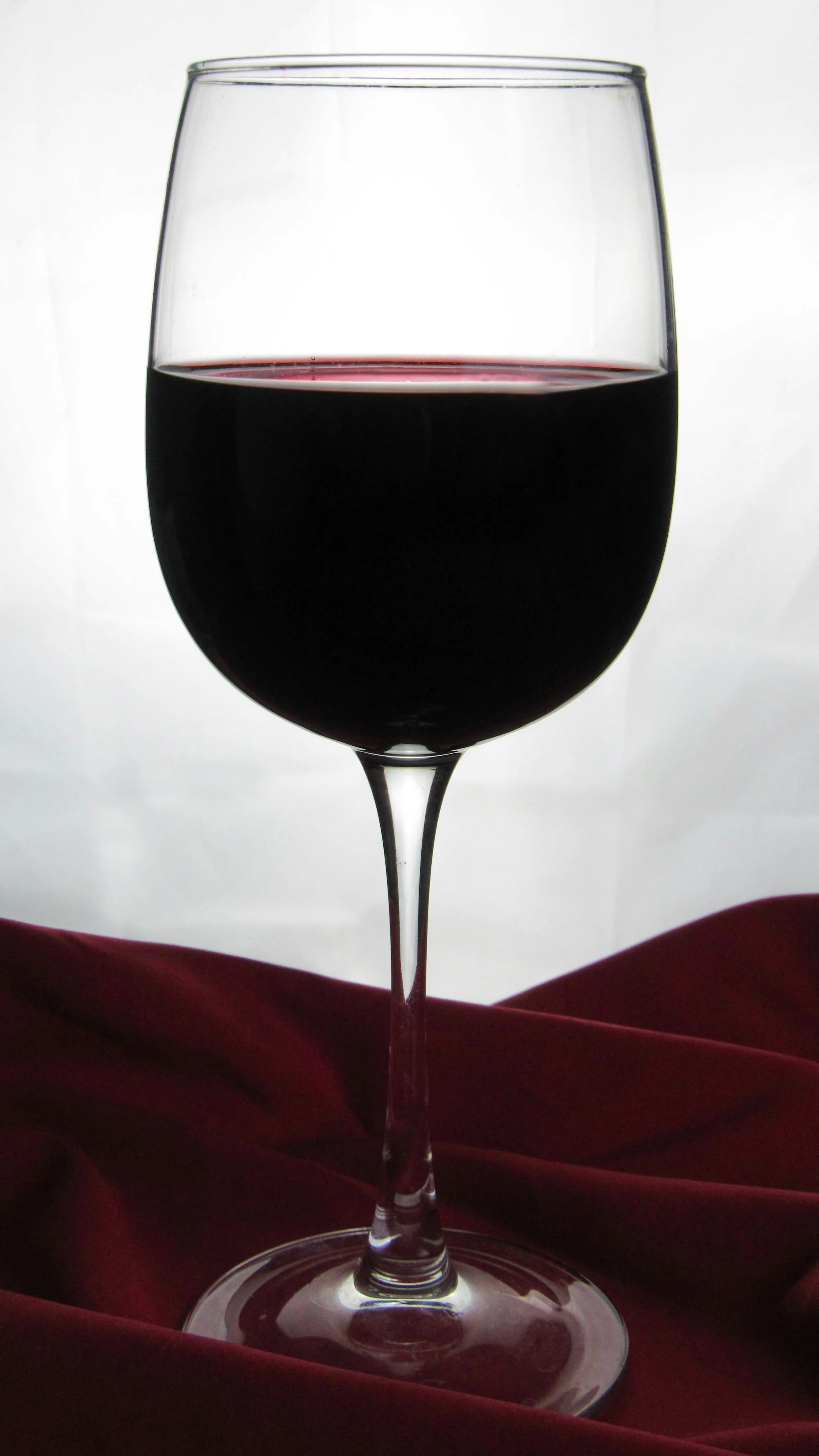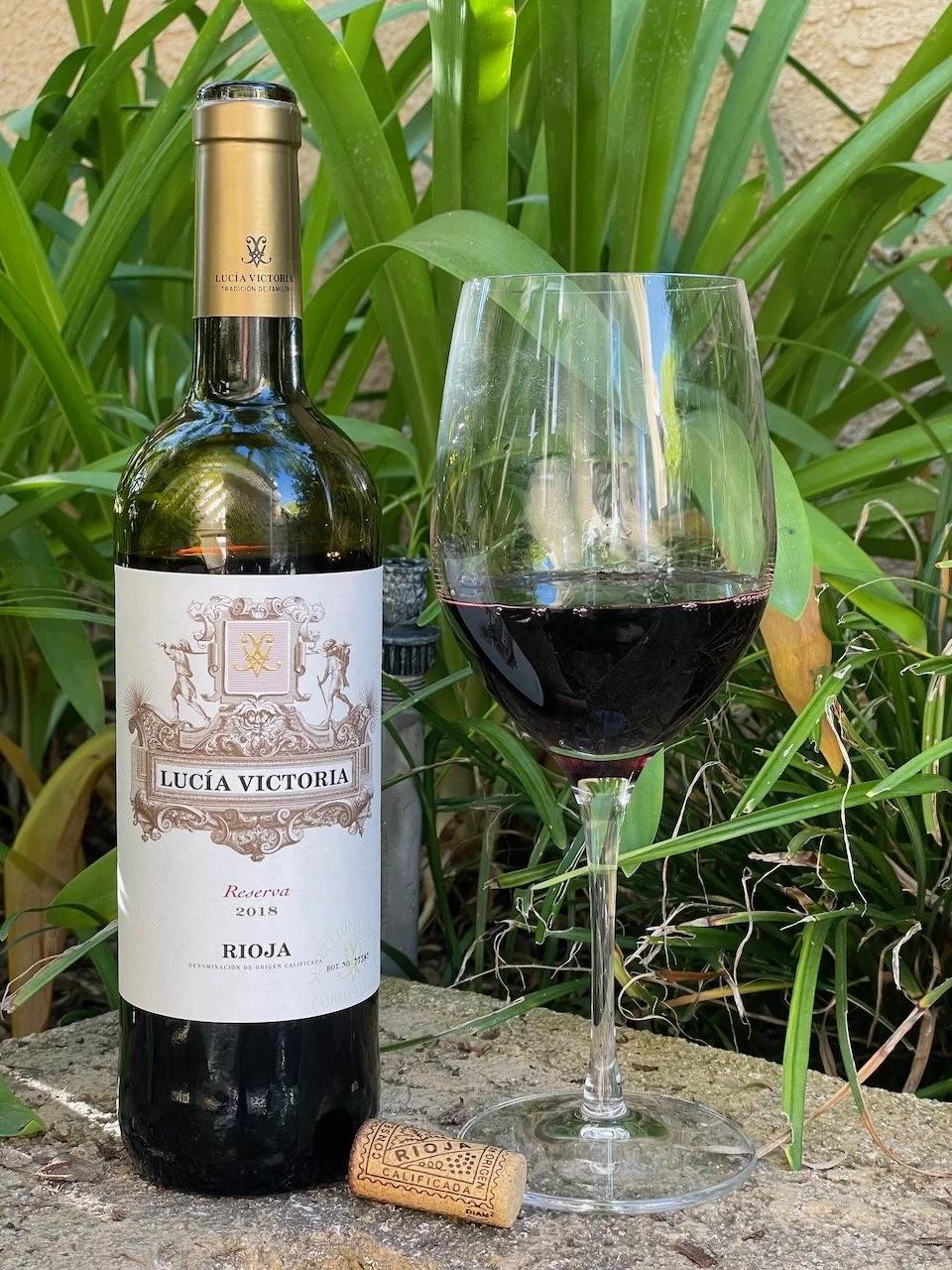Photo by Valeria Terekhina on Unsplash
You may have come across a wine either on a wine list or on the store shelf that’s called a “GSM” and wondered what kind of wine it is. So, let’s take a look at this funny acronym wine.
A “GSM” wine refers to a blend of three specific grape varieties: Grenache, Syrah, and Mourvèdre. This blend was first developed in the Rhône Valley of France where it has been made for centuries. But today, it has also become popular in regions like Australia (especially in the Barossa Valley), California (especially Paso Robles), and other New World wine regions.
Here’s a quick breakdown of the three grape varieties that make up a GSM blend:
Grenache (Greh-NAHSH): Known for its red fruit flavors, such as strawberry and raspberry, and often has a spiciness or subtle peppery note. It provides body and fruitiness to the blend.
Syrah (Sir-AH): Known for adding dark fruit flavors (blackberry, plum), along with spicy, savory, and smoky characteristics. It can contribute structure and depth.
Mourvèdre (Moor-VEH-druh): Often adds tannins and acidity, along with earthy, gamey, and sometimes leathery flavors. It helps balance the fruitiness of Grenache and the intensity of Syrah.
The GSM blend is best known for being well-rounded, with good fruit flavors, structure, and spice. Grenache is the primary flavor contributor with red-fruit flavor of cherry, raspberry and strawberry. The Syrah provides dark fruit flavors such as plum, blackberry and blueberry. The Mourvèdre adds blackberry and fig notes while also adding herbal notes.
Depending on where it’s grown and how it’s made, a GSM can range from light and approachable to bold and complex, but typically falling in the medium-bodied class of wines.
So, next time you see a GSM blend give it a try. It’s a very versatile and affordable wine. Cheers!






